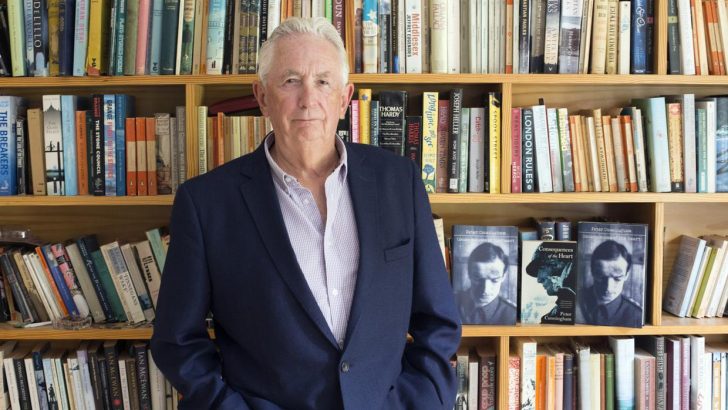Freedom is a Land I Cannot See
by Peter Cunningham (Sandstone Press, £8.99)
Peter Cunningham’s latest novel, Freedom is a Land I Cannot See, is one of his best. He shows great skill and sympathy in evoking living conditions of a century ago, when Ireland, or more particularly north rural Dublin was passing through revolutionary turmoil, what one of those revolutionaries (Frank Gallagher) called “days of fear”.
The novel is set in the Baldoyle/ Sutton area of Dublin in 1924 when the new Irish Free State was coping with the aftermath of the successive internecine wars of the 1919-23 period.
To explain why the characters were as they were in 1924, the novel then switches back to 1920. This is at the height of the fighting between the IRA and the army, police and Black and Tans. The killings, that happened then, left a mark on the surviving characters that was still there in 1924.
The central character, and narrator in the book, Rose Raven, is the daughter of a Presbyterian, English born, ex-soldier, who is married to an Irish Catholic woman and living in a cottage in Sutton.
Rose’s mother believes Ireland would be safer staying in the Empire. Her father tries to keep his head down, but Rose’s friends are all nationalists of various hues, who want out of the Empire and are prepared to act in varying degrees to achieve that.
In 1920, the risks run by mixed allegiance families like the Ravens were substantial. People were suspected of being ‘informers’ solely on the strength of their religious beliefs and/or past service. Many left the country out of fear.
The author makes the reader feel he or she is living in North Dublin, alongside the book’s characters, as they navigate the successive crises of the 1920s”
By 1924, the Free State had finally been established, and was trying to stay afloat financially. It was highly sensitive to its credit rating, and worried about the dissemination of bad news that might damage international confidence in the State’s creditworthiness.
The plot of the novel revolves around the involvement of some of Rose Raven’s friends in endeavouring to pass some such damaging information, about conditions in the West of Ireland, to a US newspaper.
Peter Cunningham makes the reader feel he or she is living in North Dublin, alongside the book’s characters, as they navigate the successive crises of the 1920s.
Peter spent much of his own early childhood in Sutton and has a great eye for local detail. That said, the characters he describes remain something of a mystery.
This a good book and I recommend it.


 Peter Cunningham.
Photo: Tony Gavin
Peter Cunningham.
Photo: Tony Gavin 